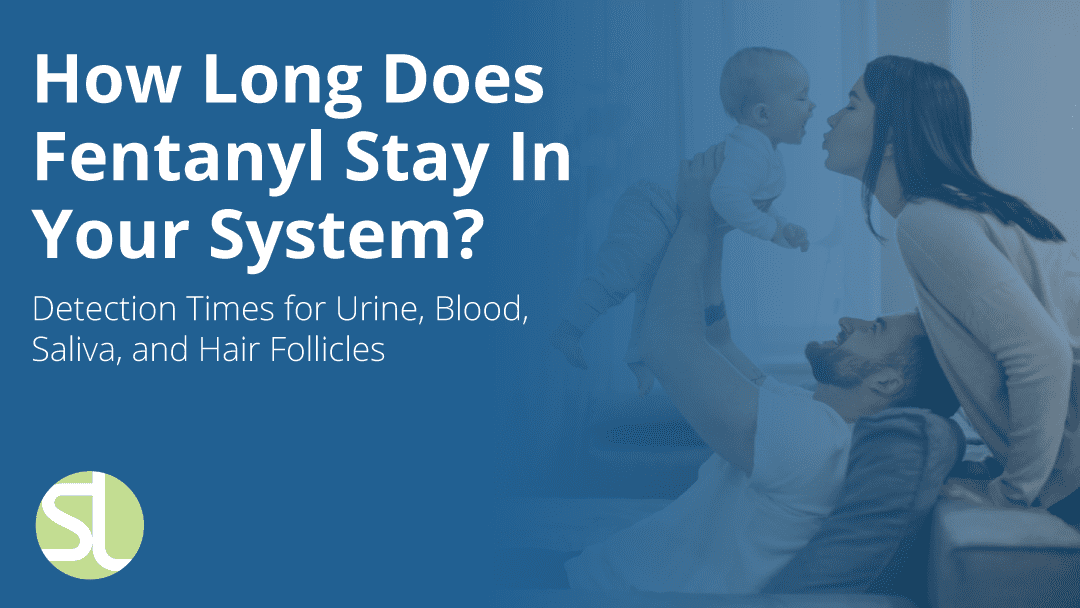What is Fentanyl?
Fentanyl is a synthetic opioid analgesic, about 50 to 100 times more potent than morphine. It is used medically to manage severe pain, often in patients who are tolerant to other opioids. Fentanyl is available in various forms, including patches, lozenges, injections, and nasal sprays. Its high potency and fast-acting nature make it a valuable tool in pain management but also a substance of concern when it comes to overdose and abuse.
How Long Does Fentanyl Stay in Your System?
The duration fentanyl stays in your system depends on several factors, including the method of administration, dosage, frequency of use, and individual metabolic differences. Here’s a breakdown of how fentanyl is processed and detected in the body:
Blood
Fentanyl can be detected in the blood within minutes of administration and typically remains detectable for up to 12 hours after a single dose. Blood tests are useful for detecting recent use and are often used in emergency situations to determine if someone has used fentanyl.
Urine
Urine tests are commonly used for drug screening and can detect fentanyl for up to 72 hours after use. In some cases, especially with chronic use, fentanyl may be detectable in urine for up to a week.
Saliva
Saliva tests can detect fentanyl shortly after use, typically within 5 to 10 minutes. Fentanyl can remain in saliva for up to 48 hours, making this a viable option for detecting recent use.
Hair
Hair tests have the longest detection window and can detect fentanyl use for up to 90 days or more. This method is often used in forensic investigations and long-term substance abuse monitoring.
Factors Influencing Fentanyl Detection
Several factors can influence how long fentanyl stays in your system, including:
- Metabolism: Individuals with faster metabolic rates may process and eliminate fentanyl more quickly than those with slower metabolisms.
- Age: Older adults may metabolize drugs more slowly, leading to longer detection times.
- Body Mass: Body fat can store fentanyl, potentially prolonging its presence in the system.
- Hydration Levels: Staying well-hydrated can help speed up the elimination of fentanyl through urine.
- Frequency of Use: Chronic users may have fentanyl accumulate in their system, leading to longer detection windows.
- Dosage: Higher doses of fentanyl can take longer to be metabolized and eliminated.
Conclusion
Understanding how long fentanyl stays in your system is essential for medical professionals, patients, and those involved in substance abuse treatment and drug testing. The detection window for fentanyl varies depending on the method of testing and individual factors, ranging from a few hours to several months. If you have concerns about fentanyl use or its detection, consulting with a healthcare professional can provide personalized guidance and support.
FAQs
- Can fentanyl be detected in a standard drug test? Many standard drug tests do not include fentanyl, but specialized tests can detect its presence.
- How does chronic use affect fentanyl detection times? Chronic use can lead to accumulation in the body, extending the detection window.
- What are the risks of fentanyl use? Fentanyl carries a high risk of overdose and addiction, particularly when used outside of medical supervision.
- Can hydration affect fentanyl detection in urine tests? Yes, staying hydrated can help expedite the elimination of fentanyl through urine.
- Is there a way to speed up the elimination of fentanyl from the body? While hydration and healthy metabolic function can aid in elimination, there is no guaranteed way to significantly speed up the process. Always consult a healthcare provider for advice.
